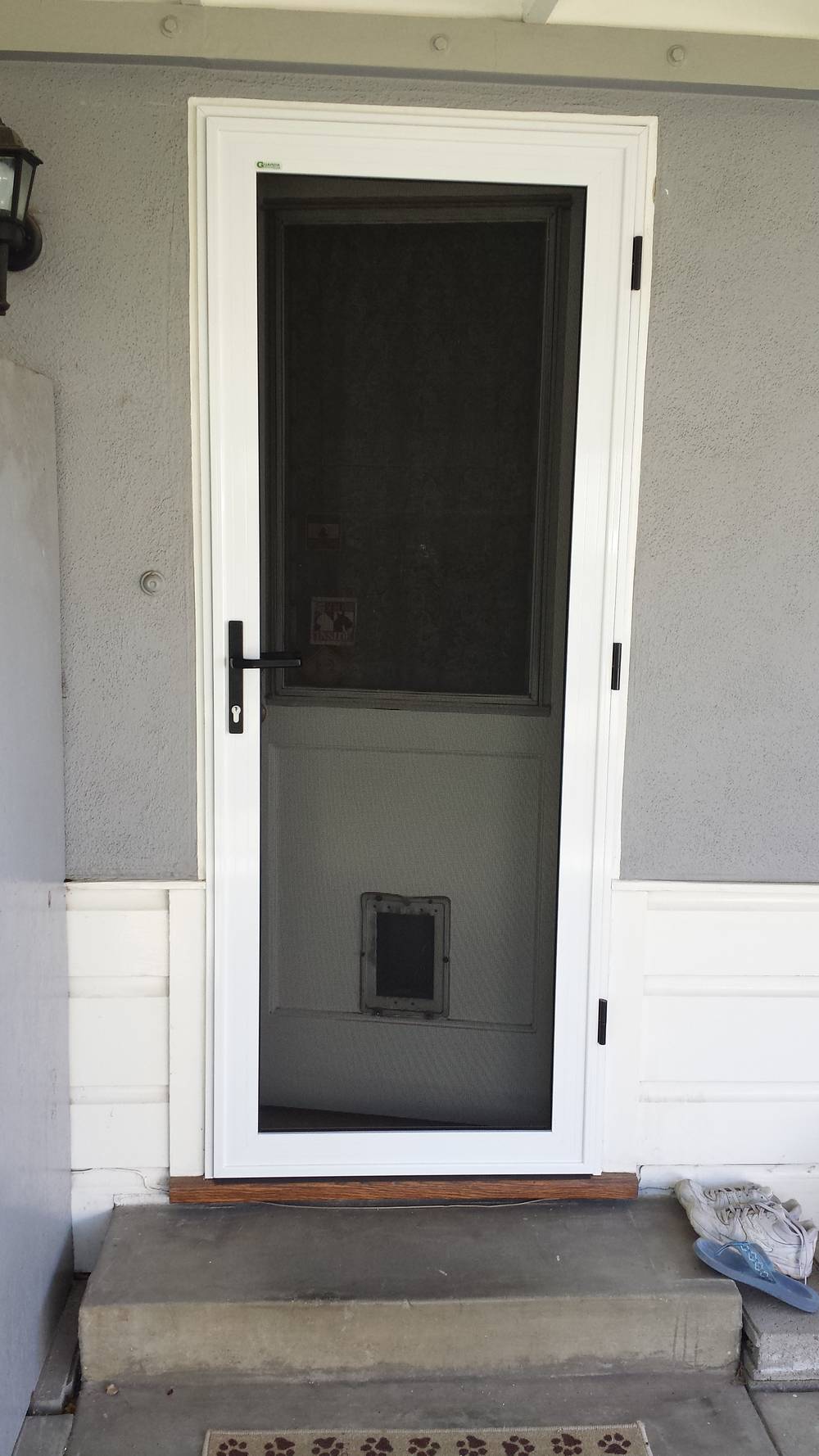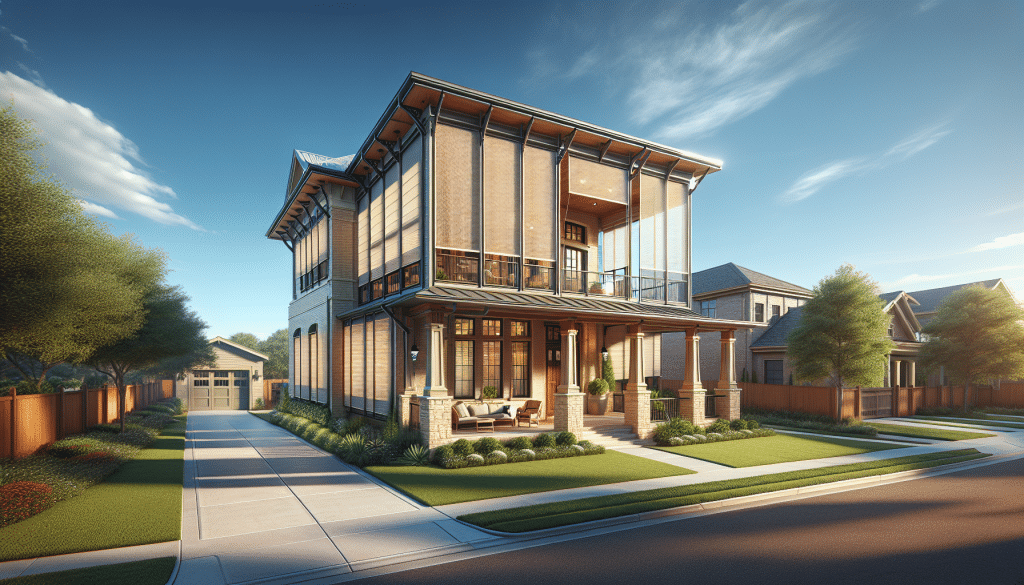Level Up Your Chromebook Screen: The Ultimate Guide
Hey there, tech enthusiasts! Let’s talk about something super important—your Chromebook screen. Think about it: this little piece of tech is the gateway to your entire digital universe. Whether you're scrolling through memes, crafting that big presentation, or binge-watching your favorite shows, your display is front and center. But how do you make sure it’s working as hard for you as you do for it? That’s what we’re diving into today.
I get it—you might be thinking, "Another tech article? Spare me!" But trust me, this isn’t your typical guide. We’re keeping it real, sharing practical tips, and throwing in some mind-blowing tricks. Chromebook screens aren’t just about brightness or resolution; they’re about creating an experience that fits your lifestyle. If you’ve ever felt like your Chromebook screen is holding you back—too dim, too blurry, or just not cutting it for your multitasking needs—you’re in the right place. Stick with me, and let’s take your display game to the next level.
Ready? Grab your favorite drink, settle in, and let’s get started. Here’s the ultimate guide to making the most of your Chromebook’s screen. Let’s go!
Read also:The Financial Empire Of North West Exploring The Net Worth Behind The Kardashianwest Heir
- Understanding Chromebook Screens
- The Evolution of Chromebook Display Tech
- Resolution: Why It Really Matters
- Brightness Control: The Secret to Comfort
- Color Calibration: Get That Vibrant Look
- Boost Your Setup: Using External Displays
- Balance Display Quality and Battery Life
- Software Tweaks for Smarter Display Performance
- Fixing Common Display Issues
- What’s Next? The Future of Chromebook Screens
Understanding Chromebook Screens
Alright, before we jump into the juicy details, let’s break down what makes your Chromebook screen tick. It’s not just a piece of glass—it’s a high-tech marvel designed to balance performance, portability, and battery life. And believe me, that’s no small feat. Most Chromebooks come equipped with either HD or Full HD displays, but premium models might offer 4K or even touchscreen options. Your choice depends on your needs. Are you a casual user who just wants something clear and bright? Or are you a power user who demands top-tier visuals for design or gaming? Understanding the basics will help you unlock the full potential of your screen.
Key Features to Consider
Here’s a quick rundown of what you should keep an eye on when evaluating your Chromebook screen:
- Resolution: Higher resolution means sharper images and better detail. For most users, Full HD (1920x1080) is the sweet spot.
- Brightness: A brighter screen is a must if you plan to use your Chromebook outdoors or in brightly lit environments.
- Touchscreen: If you’re into drawing, note-taking, or just want the convenience of swiping, a touchscreen could be a game-changer.
- Color Accuracy: This is a big deal for creatives who need accurate color representation in their work.
Now that we’ve laid the foundation, let’s dive into the fascinating history of Chromebook display technology.
The Evolution of Chromebook Display Tech
Chromebooks have come a long way since they first hit the scene. What started as a simple tool for web browsing has transformed into a powerhouse capable of handling just about anything you throw at it. And the screens? Oh, they’ve had quite the journey. Back in the day, Chromebook displays were pretty basic—small, low-res, and not exactly eye-catching. But as demand grew, manufacturers stepped up their game. Today, you can find Chromebooks with stunning OLED displays, vibrant 4K panels, and even convertible 2-in-1 touchscreen options.
As the technology has advanced, so has the user experience. Modern Chromebook screens are designed to cater to a wide range of needs, from casual browsing to professional-grade design work. Here’s a snapshot of what you can expect:
| Feature | Details |
|---|---|
| Screen Size | 11" to 15" |
| Resolution | HD, Full HD, 4K |
| Brightness | Up to 400 nits |
| Touchscreen | Available on select models |
It’s amazing how far we’ve come, isn’t it?
Read also:The Untold Magic Of Next Friday Celebrating The Iconic Cast And Their Lasting Legacy
Resolution: Why It Really Matters
Let’s talk resolution, because let’s face it—it’s one of the most critical factors when it comes to screen quality. Resolution refers to the number of pixels on your display, and the higher the resolution, the sharper and clearer the image. For Chromebooks, you’ll typically see resolutions ranging from HD (1366x768) to Full HD (1920x1080) and even 4K (3840x2160). While 4K might sound tempting, it’s worth noting that it can drain your battery faster and isn’t always necessary for everyday tasks.
Which Resolution Should You Choose?
It all depends on your priorities:
- HD: Perfect for basic tasks, lightweight, and budget-friendly.
- Full HD: Offers a great balance of clarity and performance for most users.
- 4K: Ideal for creatives, gamers, and those who demand top-tier visuals.
Ultimately, the resolution you choose should align with your usage patterns and budget. No need to overspend if you’re just checking emails and streaming Netflix.
Brightness Control: The Secret to Comfort
Brightness is another key factor that can make or break your Chromebook experience. A screen that’s too dim can strain your eyes, while one that’s too bright can be overwhelming, especially in low-light environments. Most Chromebooks allow you to adjust brightness manually, but some models also offer automatic brightness control based on ambient light. This feature is a lifesaver, especially if you’re constantly on the go.
Tips for Optimal Brightness
- Use the brightness slider in your settings to find the perfect level for your environment.
- Enable automatic brightness control for hands-free adjustments.
- Consider using a blue light filter app to reduce eye strain during long sessions.
By tweaking your brightness settings, you can create a more comfortable and enjoyable experience. Small changes can make a big difference!
Color Calibration: Get That Vibrant Look
If you’re into design, photography, or any creative field, color accuracy is non-negotiable. That’s where color calibration comes in. By tweaking the color settings on your Chromebook, you can ensure that what you see on the screen matches the real-world colors as closely as possible. Many Chromebooks come with built-in color calibration tools, but you can also use third-party apps for more advanced adjustments. Whether you’re fine-tuning the color temperature or adjusting the gamma levels, a little tweaking can go a long way.
How to Calibrate Your Chromebook Screen
- Go to your Chromebook settings and look for display options.
- Adjust the color temperature to suit your preferences.
- Experiment with different settings until you find the perfect balance.
With a well-calibrated screen, your designs will look better than ever. Trust me, you’ll notice the difference.
Boost Your Setup: Using External Displays
Let’s say you’ve outgrown your Chromebook’s built-in display. Maybe you need more screen real estate for multitasking or want to connect to a bigger monitor for presentations. The good news is, most Chromebooks support external displays, and it’s easier than you think. Whether you’re connecting to a TV, monitor, or projector, the process is straightforward. Just make sure you have the right cables and adapters, and you’re good to go.
Steps to Connect an External Display
- Plug in the appropriate cable (HDMI, USB-C, etc.) to your Chromebook.
- Choose the display mode that works best for your setup (mirror or extend).
- Adjust the resolution and refresh rate in your settings for optimal performance.
With an external display, your Chromebook becomes a versatile tool capable of handling even the most demanding tasks. It’s like giving your productivity a superpower!
Balance Display Quality and Battery Life
Let’s face it—no matter how great your Chromebook screen is, it’s useless if your battery dies halfway through the day. That’s why balancing display quality and battery life is crucial. Higher resolutions and brighter screens can drain your battery faster, so it’s important to find a sweet spot that works for you. By tweaking your settings and adopting some energy-saving habits, you can extend your battery life without sacrificing performance.
Energy-Saving Tips
- Lower the brightness when you’re not in bright environments.
- Turn off unnecessary apps and background processes.
- Enable power-saving mode when you’re low on battery.
With these tips, you can keep your Chromebook running smoothly all day long. Who says you can’t have it all?
Software Tweaks for Smarter Display Performance
Software plays a huge role in how your Chromebook screen performs. From display settings to extensions, there are plenty of ways to enhance your visual experience. For starters, make sure your Chromebook is up to date. Updates often include performance improvements and bug fixes that can affect display quality. Additionally, consider installing extensions that enhance your viewing experience, such as blue light filters or night mode apps.
Top Extensions for Display Enhancement
- Dark Reader: Converts websites to dark mode for easier reading.
- Blue Light Filter: Reduces eye strain during long sessions.
- Screen Ruler: Helps with precision tasks like design or coding.
With the right software tweaks, your Chromebook screen can become an even more powerful tool. Technology is all about making life easier, right?
Fixing Common Display Issues
No matter how great your Chromebook is, issues can arise. Whether it’s a flickering screen, weird colors, or a blank display, knowing how to troubleshoot can save you a lot of headaches. Here are some common display problems and how to fix them:
Solutions to Common Issues
- Flickering Screen: Update your Chromebook or check for loose cables.
- Weird Colors: Reset your color settings or recalibrate your display.
- Blank Display: Restart your Chromebook or check for hardware issues.
By addressing these issues promptly, you can keep your Chromebook running smoothly. Problem-solving is all part of the tech adventure!
What’s Next? The Future of Chromebook Screens
As technology continues to evolve, so will Chromebook screens. We’re already seeing innovations like OLED displays, higher refresh rates, and even foldable screens. These advancements promise to take the Chromebook experience to the next level. Imagine a Chromebook with a screen that bends, folds, or even rolls up for portability. Or one with a refresh rate so high that animations look smoother than ever. The possibilities are endless, and the future looks bright—for Chromebook screens, at least.
What to Expect in the Next Few Years
- OLED Displays: Offering deeper blacks and better contrast for a more immersive experience.
- Foldable Screens: Providing more flexibility and versatility for multitaskers.
- Higher Refresh Rates: Ideal for gamers, video editors,


